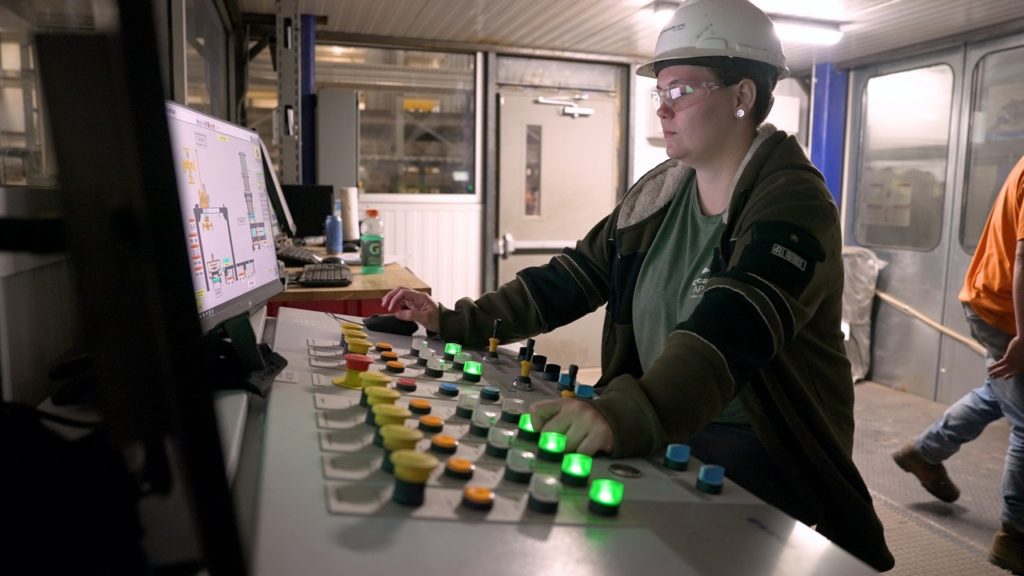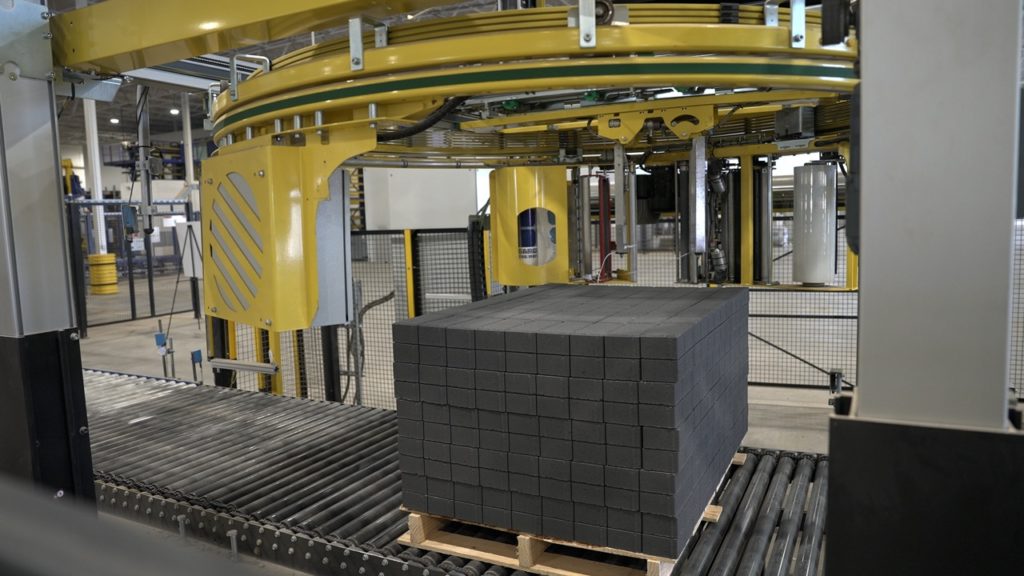EPDs: Helping You Meet Masonry Sustainability Goals
Words: John Cicciarelli
Words: John Cicciarelli, Director of Masonry at Oldcastle APG
Photos: Oldcastle APG
As many manufacturers adopt sustainability goals in the evolution toward net zero, more buildings today are featuring sustainable design, and that includes masonry. But how do industry professionals know and trust what is real and what is simply green marketing?
One tool that masons, designers and builders can rely on is Environmental Product Declarations (EPDs) – a third-party verified report that provides information about a product's environmental impacts throughout its lifecycle. EPDs require manufacturers and stakeholders involved in the production and distribution of the product to disclose detailed information about the resources used at each stage, from creation to disposal.

What is an EPD?
According to Nick Lang, VP of Engineering & Advocacy for the Concrete Masonry & Hardscapes Association (CMHA), masonry and building professionals can look to EPDs as a reliable resource that tells the life cycle story of a product’s manufacturing process.
“EPD reports are absolutely accurate and reliable,” said Lang. “They are based on the same standardized calculations and measurements between every manufacturer,” which makes them immune to “greenwashing” efforts that can obscure the true impact of a product.
Lang noted that while Global Warming Potential (GWP) is the most important and widely known category, EPDs typically cover five impact categories.
- Global Warming Potential: A measure of the greenhouse gas emissions throughout the product’s lifecycle, including CO2.
- Acidification Potential: A measure of how the production of masonry could increase acid rain, contributing to an ecosystem’s degeneration.
- Eutrophication Potential: Excessive nutrients like phosphorus in water can be harmful to aquatic environments. This category measures masonry’s potential for contributing to this type of runoff.
- Depletion of Abiotic Resources: This category measures the amount of non-renewable resources like metals, minerals and fossil fuels used during the production of masonry.
- Primary Energy Demand: This category assesses the amount of energy the production process requires for raw material extraction, transportation, construction, and disposal.

EPDs: A Shortcut to LEED and Other Sustainability Certifications
One of the leading values of EPDs is their ability to facilitate accurate whole-building sustainability calculations, helping to maximize green building credits.
“Considering EPDs when selecting building materials can streamline green building certifications such as LEED,” said Lang. “Such certifications can enhance market value, increase sales and rental value, and lower operating and maintenance costs. For example, architects and builders are already touting LEED Silver and offering upgrades for these certificates to end-users and homeowners.”
With material transparency as a primary focus in green building practices, project designs – and manufacturers – that incorporate products with EPDs are rewarded as they progress toward certification. The comprehensive environmental information provided by EPDs makes it one of the simplest ways for project teams to fulfill the requirements and earn credits in a green building program.
For example, LEED v4.1 offers two points under the Materials and Resources Credit (MRc2) when project teams choose products with verified information on their environmental life-cycle impact.
Progress on EPDs in the Masonry Industry
It’s important to understand that there are multiple tiers of EPDs. Industry-wide EPDs, like the one CMHA is pursuing, aggregates data for various masonry products using data from many manufacturers. This provides average data to aid in understanding the environmental impacts of masonry compared to other building products such as wood.
Some manufacturers are taking things a step further by working with third parties to produce manufacturer- and even plant-specific EPDs. These reports aggregate data for a single product, providing a highly detailed picture of the environmental impact. This provides a benchmark for manufacturers from which they can work to quantifiably improve their environmental impact and affords builders with the highly granular information they need to achieve their sustainability goals.

The Future of Sustainability and EPDs
The future of sustainability and EPDs in the U.S. may follow the lead of Canada, which Lang credits for getting more granular in its reporting benchmarks, moving from industry-wide to reporting at the individual plant level. This shift towards transparency is already having big-picture effects: their report on producers from 2016-2022 found that CO2 impacts declined significantly during that period.
U.S. manufacturers are taking notice and beginning to build plant-level EPDs for complete transparency, which is likely to trend up as demand for EPDs continues to increase in the United States.
Conclusion
EPDs offer a wide range of benefits for all stakeholders involved in the project chain. Specifiers and designers benefit from the trustworthiness of EPDs as third-party-verified documents that provide comprehensive information about the environmental impacts of products throughout their life cycle. This enables them to make informed choices that align with their sustainability goals and facilitates accurate whole-building sustainability calculations, contributing to credit attainment in green building projects.
As building owners increasingly prioritize sustainability in their designs, the importance of EPDs and the insights they provide on product life cycles will continue to grow for all participants involved in the building and construction industry.